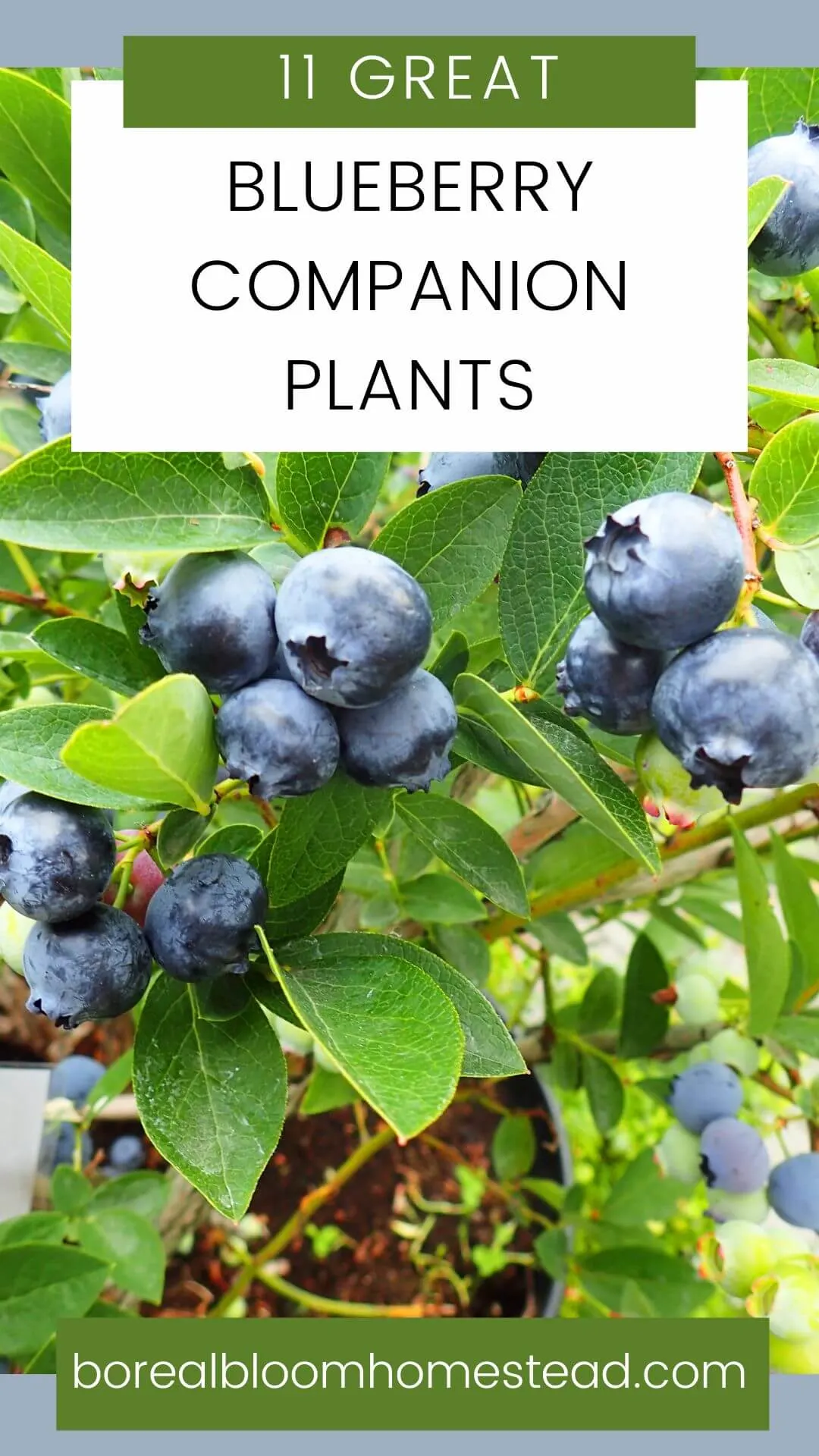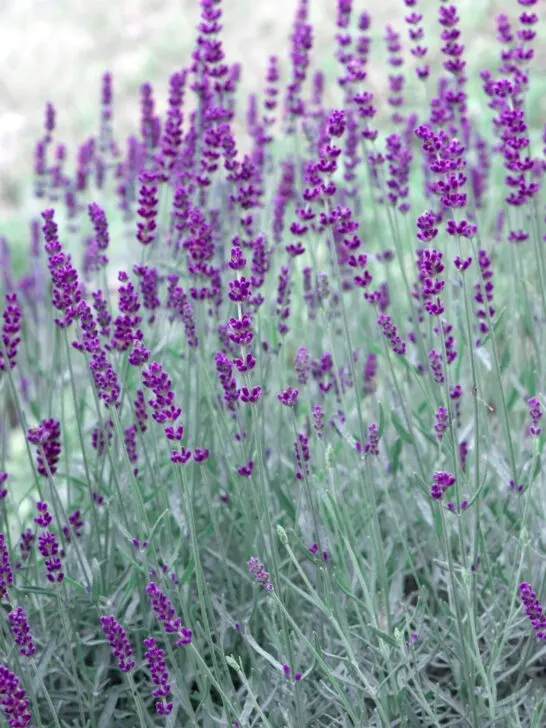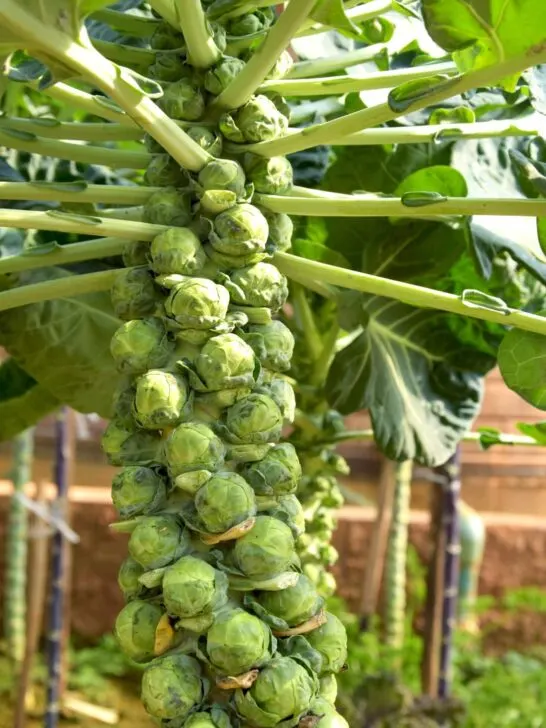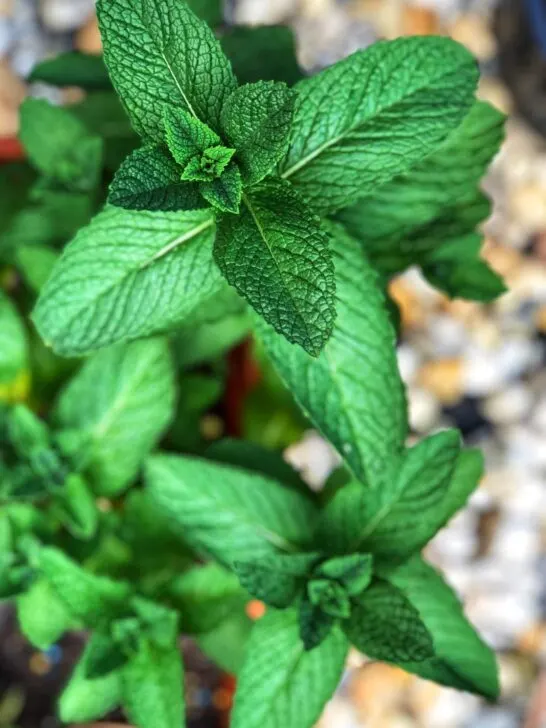Blueberry companion plants can help to maximize the yield and pest resistance of your crop. Because acidic conditions, moist soil, and similar growing requirements are blueberry companion requirements, it's important to choose growing partners carefully.
The blueberry plant is a deciduous shrub of the Ericaceae family, reaching sizes up to 14 feet tall at maturity, depending on variety or cultivar. The bell-shaped flowers are white or pinkish in color and bloom among the leaves in late spring or early summer. When ripe, the delicious fruit turns to a deep blue-purple color and has a tangy-sweet taste.
The blueberry plant is an attractive and versatile garden addition. With its abundant clusters of small, sweet berries and its bright foliage in autumn, the blueberry bush makes a great edible and ornamental piece for any backyard.
This cold hardy, resilient shrub is also very low maintenance; it only needs regular pruning and fertilizing to keep it healthy. Fortunately, the blueberry bush has a long lifespan, so you can enjoy its bounty for many years to come!
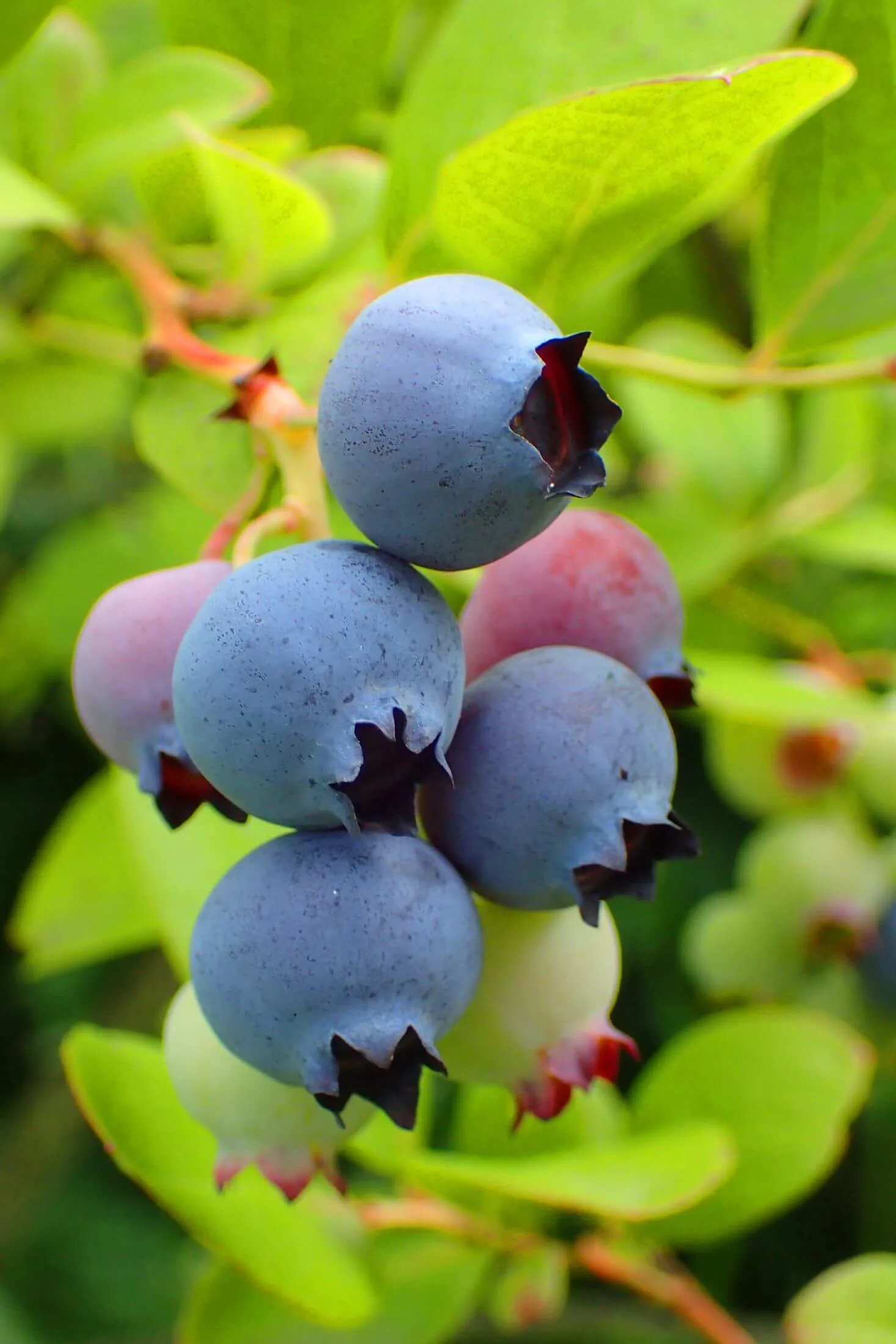
As an Amazon Associate I earn from qualifying purchases.
Jump to:
What Is Companion Planting?
Companion planting is a gardening method where plants are grown together in close proximity to help one another grow better. The concept is based on the idea that certain plants can attract beneficial insects and deter pests, add nutrients to the soil, improve air circulation, and provide shade or support for each other. When done properly, companion planting can reduce your workload while improving the quality of your garden.
Companion planting is an important part of organic gardening strategies and can help protect your blueberry bushes from pests and diseases while increasing their overall health and productivity. So if you’re looking for a way to maximize your garden’s potential, give companion planting a try!

Blueberry Companion Planting Considerations
When choosing the best companion plants for blueberries, there are a few things to consider:
- make sure the chosen plants don’t compete for space or resources such as light, create too much shade, or hog water and nutrients.
- select companions that have different nutrient requirements to help balance out soil fertility.
- choose companions that can tolerate similar soil requirements since blueberries require an acidic environment in order to thrive. Some good companion plants include acid-loving plants like rhododendron and azalea; herbs like basil or thyme which attract beneficial insects and deter pests; or perennial ground cover crops that enjoy full sun and moist soils like strawberries or creeping thyme.

Best Blueberry Companion Plants
Borage:
Borage flowers are ideal companion plants for blueberries because their self-seeding annual habit helps these beneficial plants spread throughout the garden. The bright purple-blue borage flower is highly attractive to pollinators, bringing both bees and butterflies to previously forgotten corners of your garden.
Borage can also help by drawing in beneficial insects like ladybugs and parasitic wasps to control damaging aphids and other pests that may harm your blueberry plants. For gardeners serious about organic pest control or looking to add a splash of color to their edible landscapes, borage is a great choice for any companion planting design.
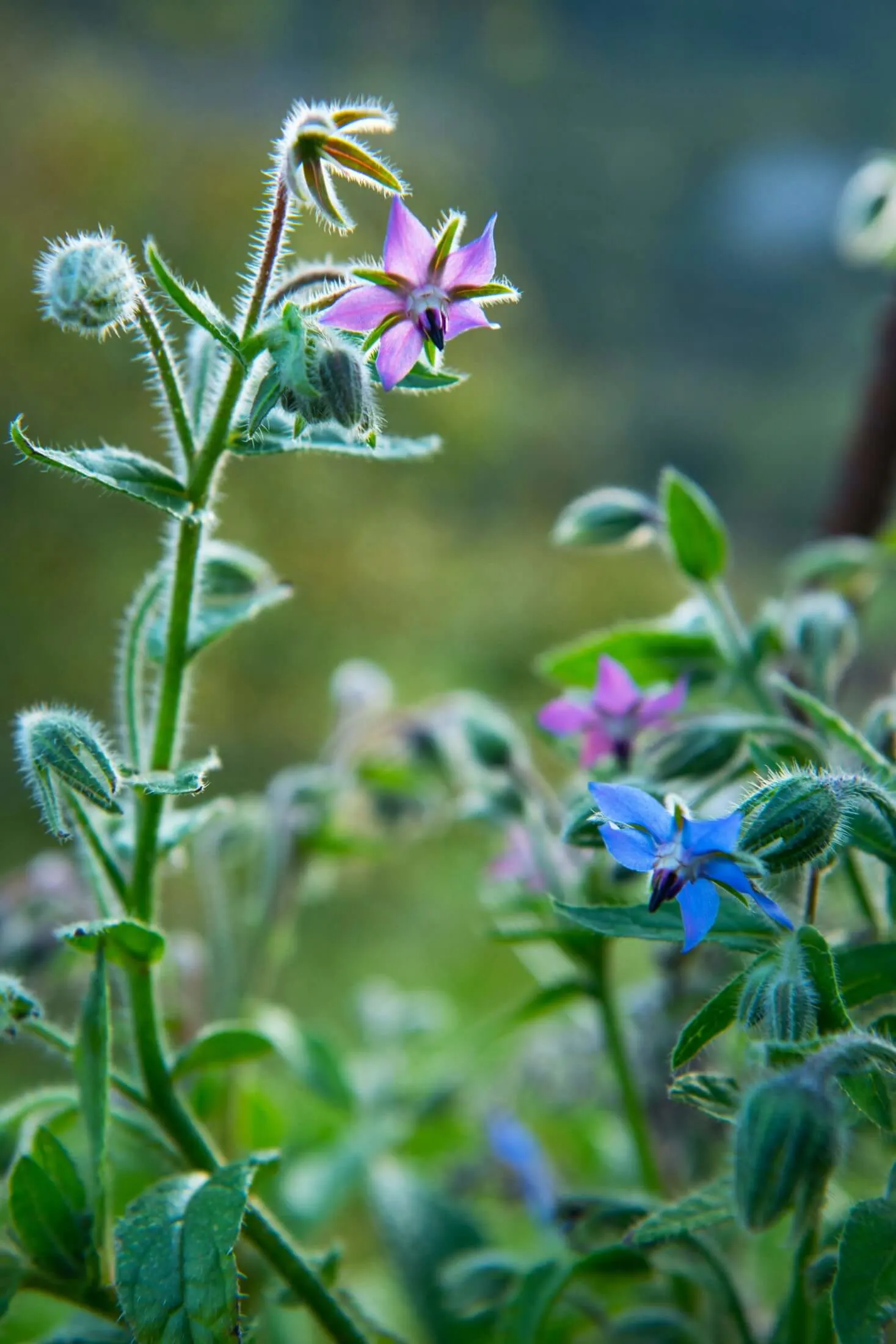
Cranberries:
Highbush cranberries and blueberries make a great gardening duo!
Not only do these fruits share similar requirements, but both are native to North America making them ideal for performing well in the climate. Cranberries and blueberries prefer moist, slightly acidic pH soil conditions with good drainage in order to thrive and produce delicious fruits.
In addition to providing your garden with great companion plants, adding cranberry bushes will also attract beneficial insects to each other to increase crop yields.
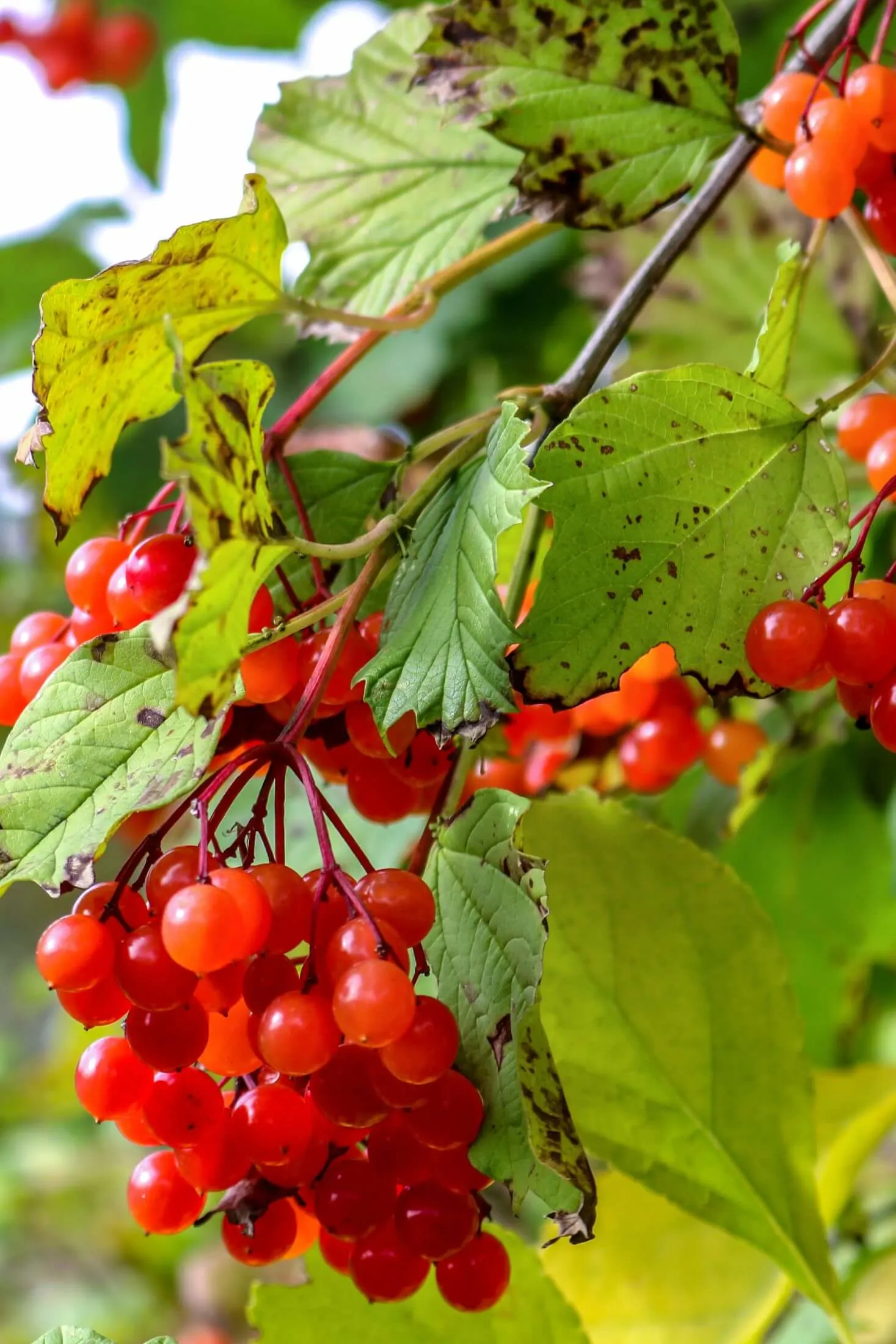
Evergreens:
If you're looking for the perfect accompaniment to your blueberry bushes, evergreens make excellent companion plants. Not only can they provide just the right sun/shade mix for your blueberries to thrive in, but they also make a great visual addition to the garden.
Whether you choose pine trees or yews, or any of the other numerous varieties of evergreen, be sure to be conscious of their placement in relation to your blueberry shrubs. You wouldn't want the evergreens inadvertently preventing your blueberries from receiving enough sunlight! I'd recommend placing evergreens on the north side of your fruit bushes.
All the best wild blueberry stands in my area of Alberta are dominated by large evergreen trees. If Mother Nature knows it's right, we should be following her lead!
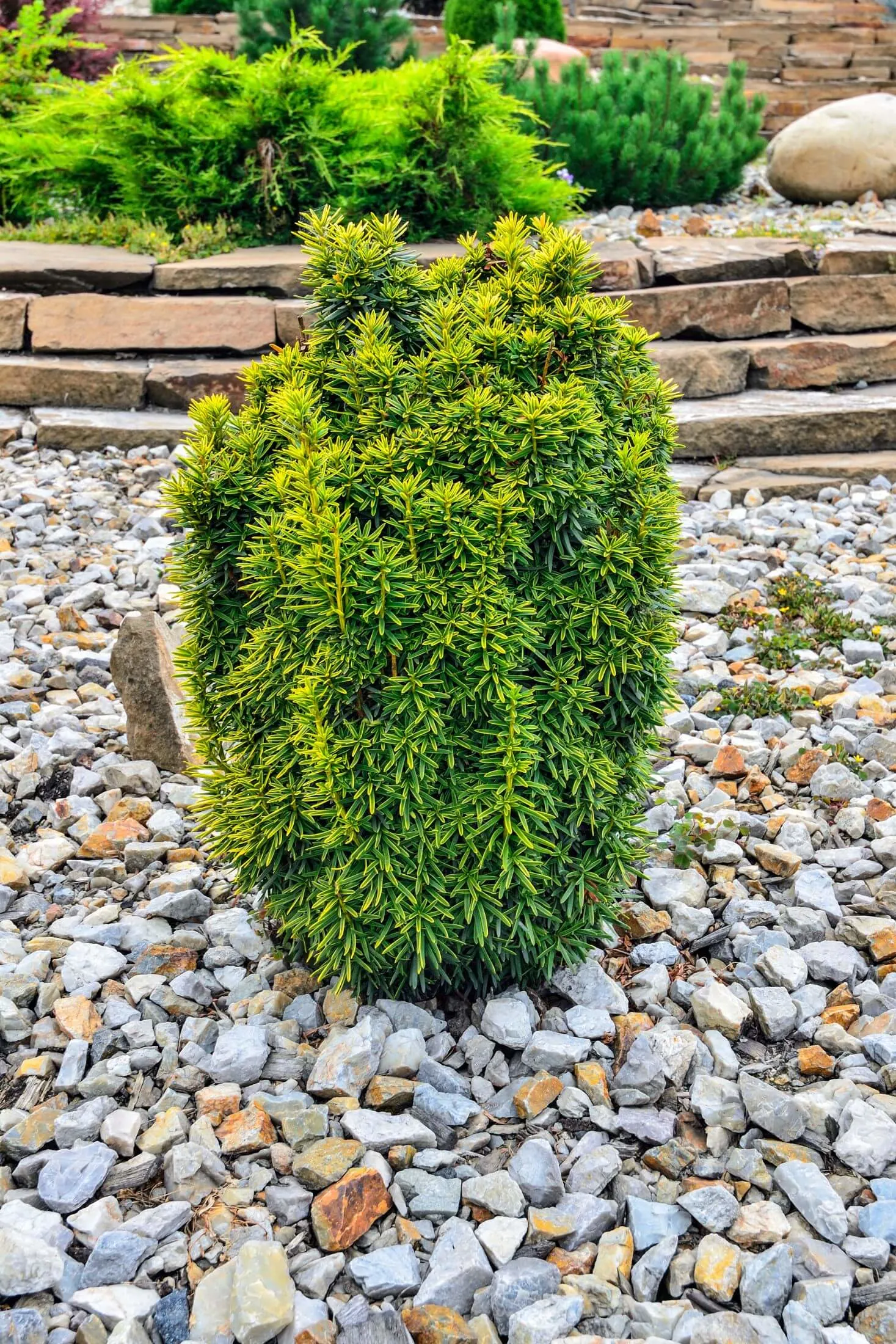
Flowers:
Flowers make a great companion plant for your blueberry bushes! When considering what flowers to pair with your blueberries, there are some important criteria. Choose flowers that can handle or thrive in acidic soils and pick plants that throw many blooms to attract pollinators and beneficial insects. Whenever possible, choose perennial plants - while they may require more initial effort than annuals up front, they will reward you with greater longevity and less work over time.
Many beautiful flowers such as rhododendrons, azaleas, hydrangeas, and lilacs fall into this category and provide an attractive accompaniment to the sweet-tasting blueberry bushes. With the right combination of flowers and resources, pairings of blueberries and companion plants can add beneficial and colorful beauty to your garden.
Psst. We added 6 lilac bushes and 2 hydrangeas to the food forests last year!
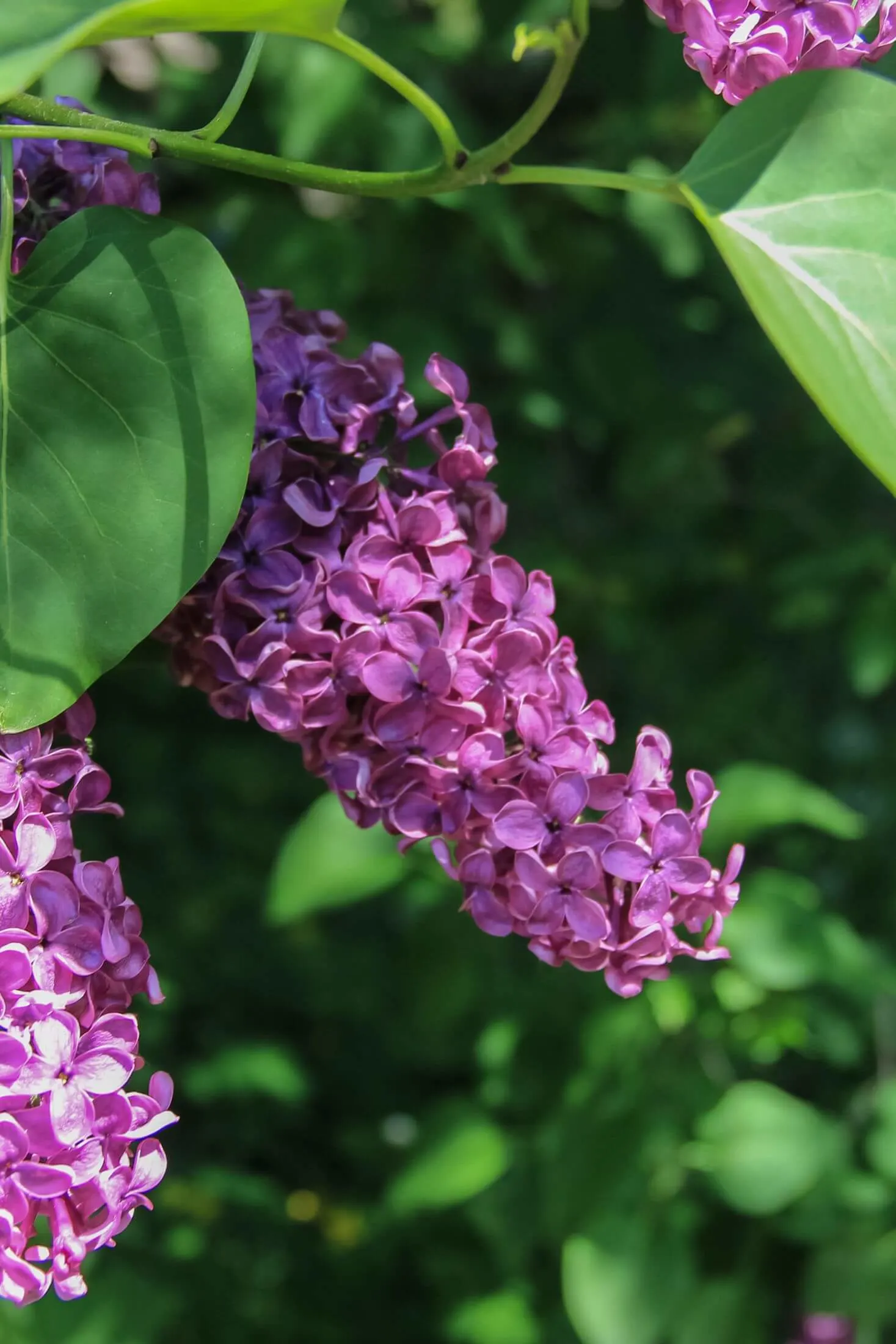
Strawberries:
Strawberries and blueberries are an ideal pairing for any gardener looking to increase their fruit production.
Both require similar conditions for optimal growth and are able to thrive in moist, well-drained soil, which means these two berries can be planted in the same bed and require minimal upkeep.
Not only do strawberries offer a useful and edible ground cover improving soil moisture retention and weed suppression, but they also have the ability to self-propagate, meaning more productive while you spend less time tending to them. With both strawberries and blueberries being perennial plants, you can enjoy their vibrant colors and sweet fruits each year with hardly any effort on your part.
We have added tons of strawberry plants to all our food forests!
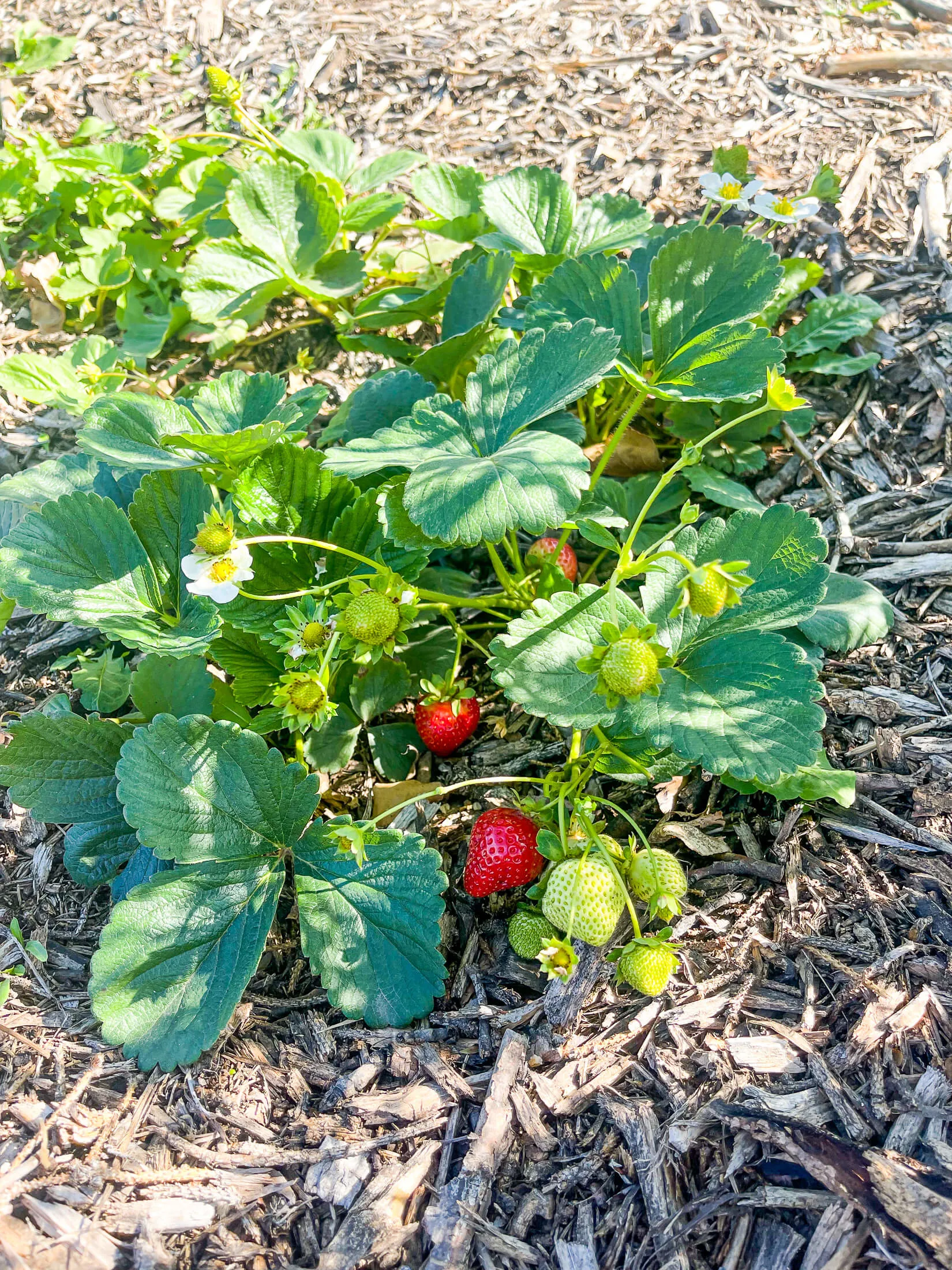
Thyme:
Planting thyme around blueberries can help improve the health of your plants in a variety of ways. As a low-growing ground cover, thyme helps act as a living mulch, increasing soil moisture and promoting a healthy soil environment by improving not only water retention but also helping to control weeds as well.
Thyme has an intense, pungent fragrance that acts as a pest deterrent, helping protect nearby blueberry shrubs from being attacked by pests. If you're looking to add something ornamental to that space instead of an edible, consider creeping thyme, a cold hardy thyme with beautiful pink-purple flowers.
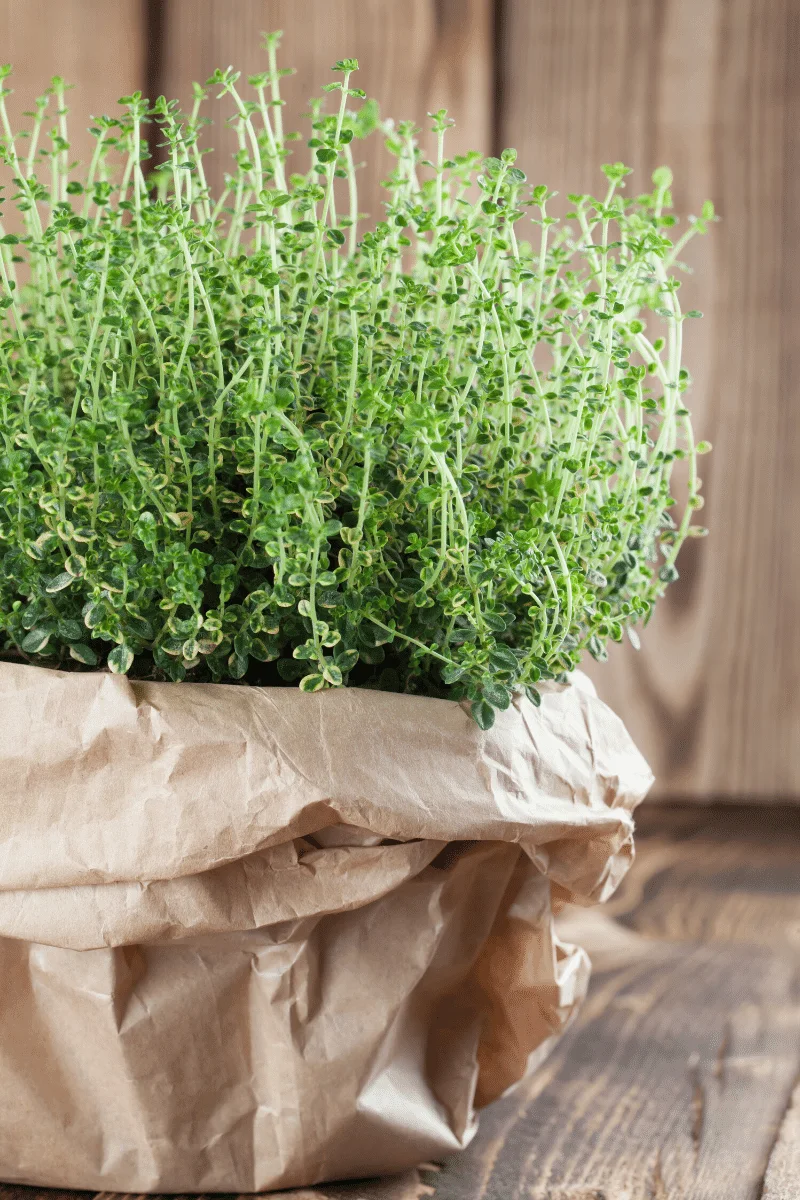
Blueberry Companion Plants To Avoid
Brassicas:
Planting brassicas, like broccoli, cauliflower, brussels sprouts, and more in close proximity to blueberry bushes is not advised because of their differing preferences for soil ph and their heavy nutrient needs. Brassicas usually prefer soil that is more alkaline than that preferred by blueberries, which can reduce the growth and health of both plant varieties.
While they are growing vigorously brassicas compete with the blueberry plants – not just for nutrients, but also for vital water resources.
And some of the pests that go after brassicas can have a negative effect on blueberry bushes as well. It is best to avoid planting these two types of fruit-producing plants together.

Melons:
Growing melons, like cantaloupe or watermelon, near blueberries tend to be a bad idea.
The two species have very different requirements for optimal health – the expansive and heavy-feeding melon plant tends to take up nutrients and water in abundance, leaving the neighboring blueberry plant deprived of essential components for its own growth.
Melons generally prefer a more alkaline soil than blueberries require, leading to further conflict between the neighbors. So it's best to not risk it by planting these two fruits close together - they shouldn't be companions in the garden.
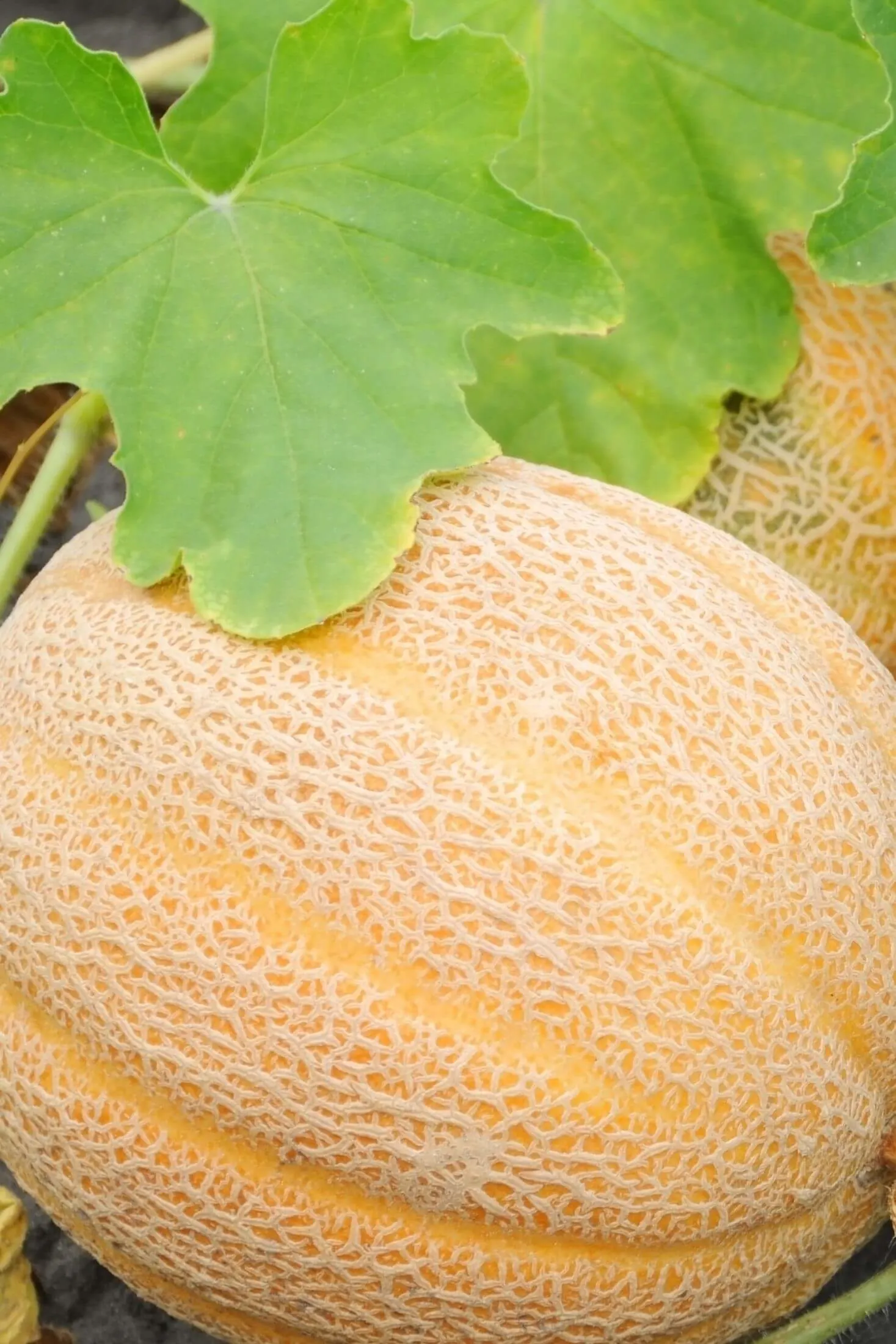
Nightshades:
Tomatoes, peppers, eggplant, and other members of the nightshade family are notoriously poor companion plants for blueberry bushes.
Blueberries tend to thrive in acidic soil, while nightshades often prefer soils with more balanced or alkaline pH levels.
It is not ideal to plant them next to each other as companion plants because the needs of both plants will likely remain unsatisfied. The natural traits of blueberries and nightshades dictate that growing them together may cause one or both plants to become stunted because their preferences are so inherently different.

More Companion Planting Guides:
Notes From The Homestead Garden
Highbush blueberries are a great addition to any edible garden and can be successfully grown with the help of companion plants. Planting strawberries, thyme and other low-maintenance ground covers is a great way to improve soil moisture retention, deter pests and control weeds. It is important to avoid planting brassicas, melons, and nightshades near blueberry bushes as their needs are very different from each other.
With the right combination of blueberry companions, proper care, and patience, you will be able to enjoy a bountiful harvest of deliciously sweet garden fruits.
Pin This Companion Planting For Blueberries Guide!
